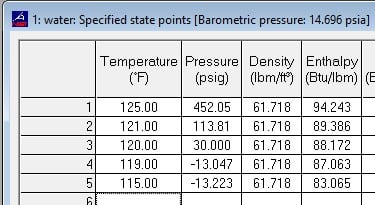What do you think of this one? On a hot water heating system, what if you removed the expansion tank after the system is hot? Everything has expanded and the pressure is stable. worse case, if everything gets cooled down, the pressure would drop. Auto fill would have to be isolated so as to not allow additional water.
The reason for this would be to utilize the floor space where the existing expansion tank sits. This is a temporary (less than 6 months) scenario using a rental boiler while the building boilers are replaced.
Can the expansion tank be removed once the system is hot?
The reason for this would be to utilize the floor space where the existing expansion tank sits. This is a temporary (less than 6 months) scenario using a rental boiler while the building boilers are replaced.
Can the expansion tank be removed once the system is hot?



